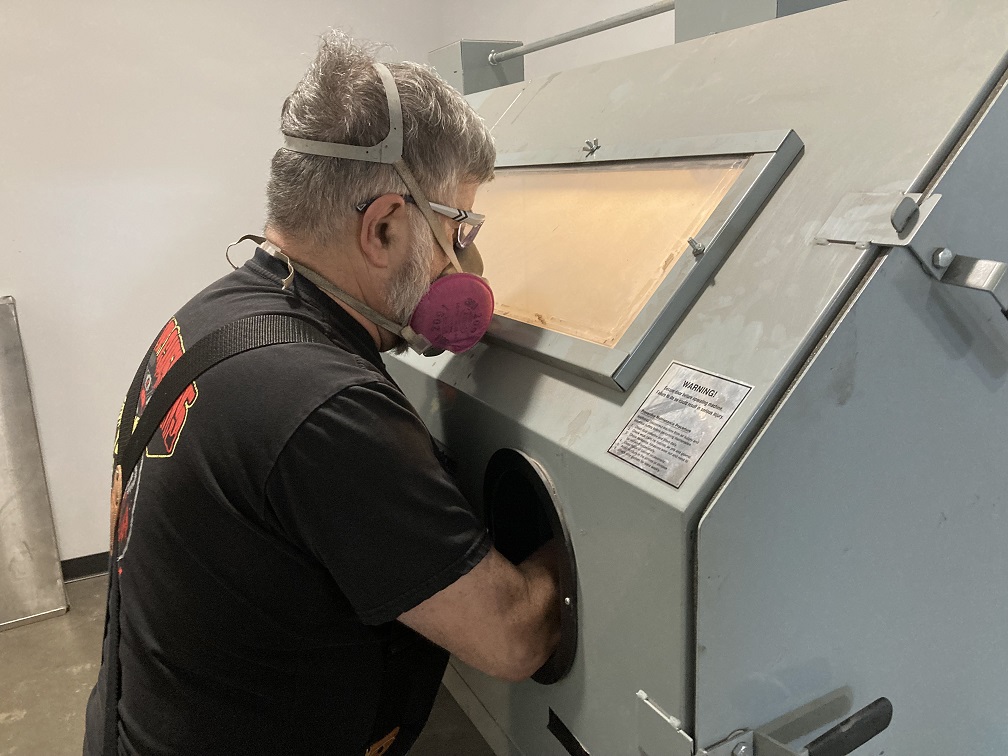Cyclone Sand Blaster: Difference between revisions
| Line 181: | Line 181: | ||
The sandblasting action is controlled with the foot pedal on the floor on the right side of the cabinet. | The sandblasting action is controlled with the foot pedal on the floor on the right side of the cabinet. | ||
The room has ventilation to the outside. The switch is located on the wall next to the CNC plasma cutter. | |||
Revision as of 20:04, 26 April 2024
Link to: Metal Shop main page
| Sand Blaster | |
|---|---|
| General Info | |
| Make | Cyclone Manufacturing |
| Model | DW-7335 |
| Serial | Unknown |
| Specs | |
| Manual | |
| Asylum Info | |
| Location | Metal Shop |
| Rubric | |
| Training | Tool classes |
| Testing | Tool testing, or [[:Category:Metal Shop#Tool Testing
Night|come to the shop on Tool Testing Night]] |
| Restrictions | green |
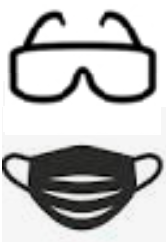
| |
|---|---|
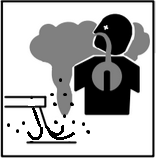
| |
|---|---|
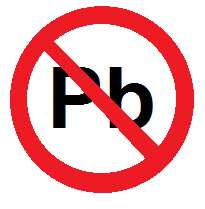
| |
|---|---|
| Eye protection required! | ||
|---|---|---|
Description
A sand blaster is a machine that mixes abrasive grains with a jet of compressed air and allows the user to abrade the surface of a part, usually metal. This results in a clean though roughened part free of paint, rust, and other forms of dirt. For smaller parts the blast gun is contained in a glovebox cabinet sealed off from the outside. The user manipulates the tool with thick rubber gloves that pass through the wall of the cabinet.
The sand blaster cabinet at Artisans Asylum is located in a small room within the Metal Shop on the south wall adjacent to the enclosed loading dock.
Use For
- Steel
- Stainless Steel
- Zinc-coated steel (Galvanized)
- Aluminum, Titanium, Brass
- Painted metal
- Lightly Rusted Parts
Do Not Use For
- Lead-based paints
- Asbestos
- Greasy or Oily Parts
- Massively Rusty Parts
Use a lead-test swab to verify that paint if NOT lead-based!
If the sandblaster becomes contaminated with lead the media must be disposed as TOXIC WASTE and the cabinet must be thoroughly cleaned out!
Safety Notes
Personal

| |
|---|---|
- Wear safety goggles. Eyeglasses don't protect against abrasive dust.
- Wear a dust mask or respirator when using the machine or working in the room when the machine is being used. All dust is hazardous to breathe.
- Glove-box gloves are at a fixed height above the floor. If they are too high, a stand should be provided. Use care when stepping on and off the stand.
- If the blast gun is not properly grounded to the cabinet, static electricity can cause shocks to the operator. If static shocks are encountered, check the ground connection to the gun.
- Do not use silica sand as an abrasive media. The preferred sand blasting media is aluminum oxide.
- Use caution when lifting heavy parts into the sandblaster cabinet.
- If a part is too large to allow the hatch to close and seal, do not operate the sandblaster.
- Use caution with the foot pedal and hoses. They are a trip hazard.
Machine
- Test paints and coatings for LEAD using the test swabs provided. The swabs change from yellow to red when lead is present. If lead is detected do not clean with the sand blaster.
- Do not abrade greasy or oily parts in the sandblaster. These will case the media to clump and clog the flow lines. If it happens, the media must be replaced.
- Place the workpiece in the blast cabinet and close the hatch tightly to avoid dust escaping from the cabinet. When removing workpieces, some dust will unavoidably mix with the room air. Wear a dust mask at all times.
- Do not attempt to move the blast cabinet when it is full of abrasive media.
- Do not point the blast gun at the rubber gloves or the cabinet window or the cabinet ceiling light.
How to Prepare Metal Workpieces for Blasting
* TEST FOR LEAD.
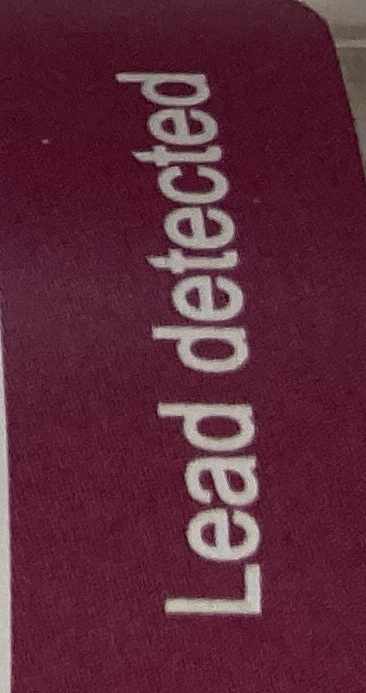
| |
|---|---|
| Color if lead is present |

| |
|---|---|
| Color for no lead |
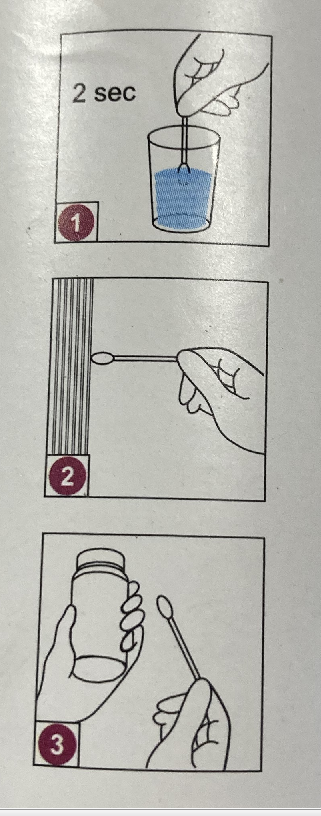
| |
|---|---|
| How to Swab |
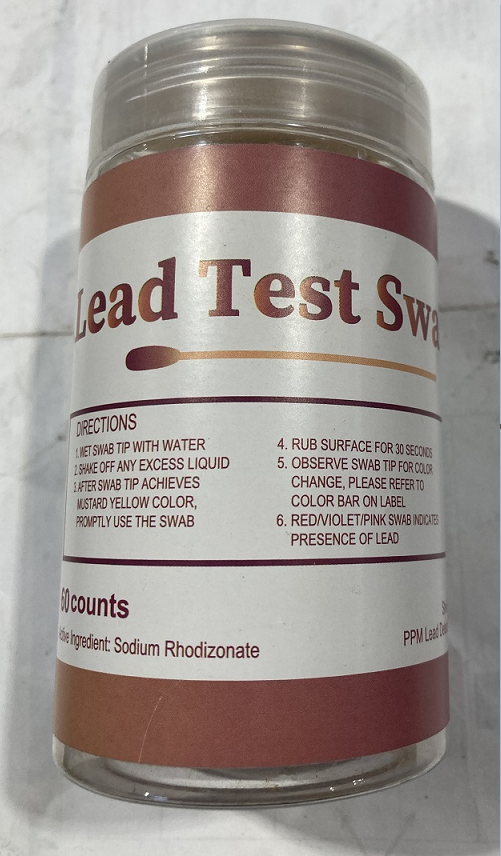
| |
|---|---|
| Lead test swabs |
Lead and lead paint are forbidden on this machine. Use a lead test swab to verify that there is no lead on the surface of your workpiece.
Moisten the tip with water, wait 2 seconds for the reagent to dissolve, then rub the surface.
If no lead is present the swab stays yellow-orange. It turns crimson if lead is present.
If the machine becomes contaminated with lead, tell the facilities manager so that the media can be safely disposed. It is toxic waste. It is not legal to throw the media away yourself. The blast cabinet must be scrubbed to remove toxic dust.
* Clean off any massive rust with a grinder before placing the workpiece in the sandblaster.
Large flakes of rust can mix with the blasting media and clog the flow lines leading to the gun.
* Degrease the workpiece
If greasy or oily, clean the workpiece with a solvent or a water-base cleaner such as Simple Green. Make sure it is dry before placing it in the blast cabinet.
Parts of the Sandblaster
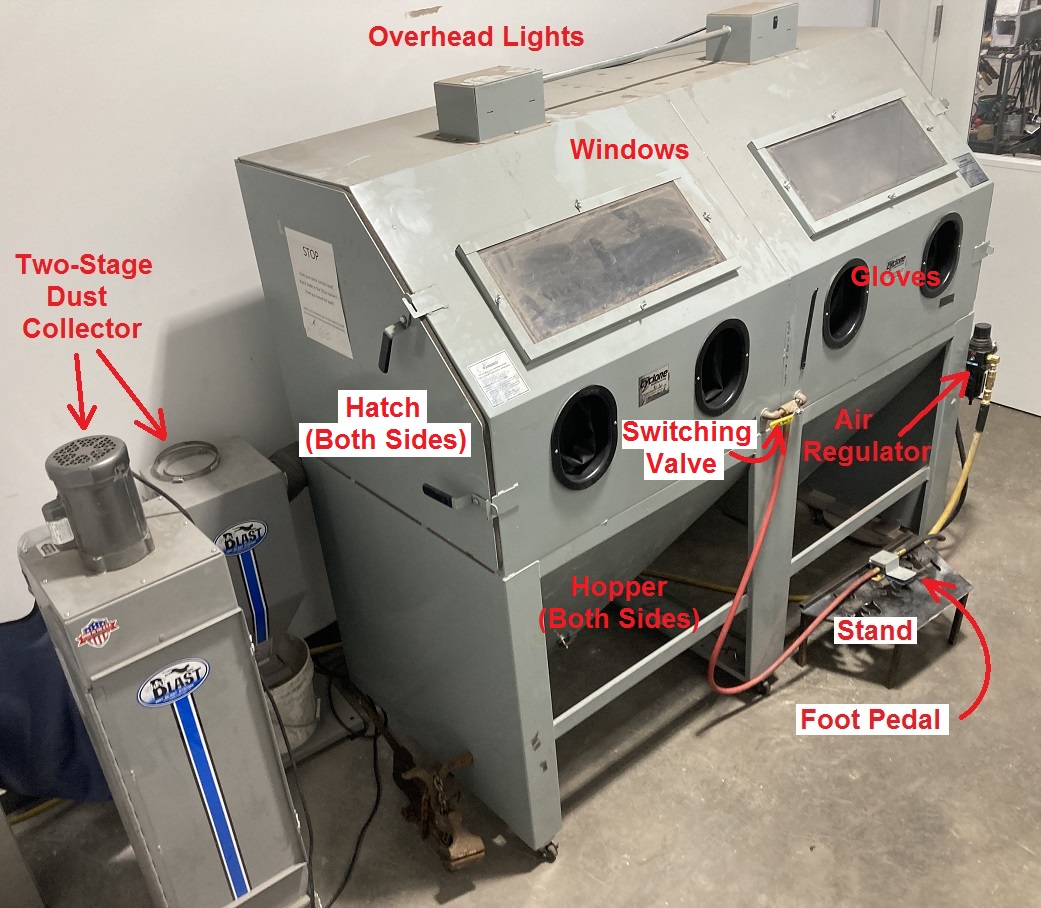
| |
|---|---|
| The Sandblaster and dust collector installation |
The sandblaster has three free-standing components: The cabinet is the largest, and the others are a two-stage dust collector to the left of the cabinet.
Presently only the right-hand glovebox station is working.
Turn on the dust collector by plugging it in to the left.
Turn on the overhead lights with the small switch on the right-hand box.
The switching valve should be in the up-down position.
Blast media is contained in the hoppers below each station.
The sandblasting action is controlled with the foot pedal on the floor on the right side of the cabinet.
The room has ventilation to the outside. The switch is located on the wall next to the CNC plasma cutter.
